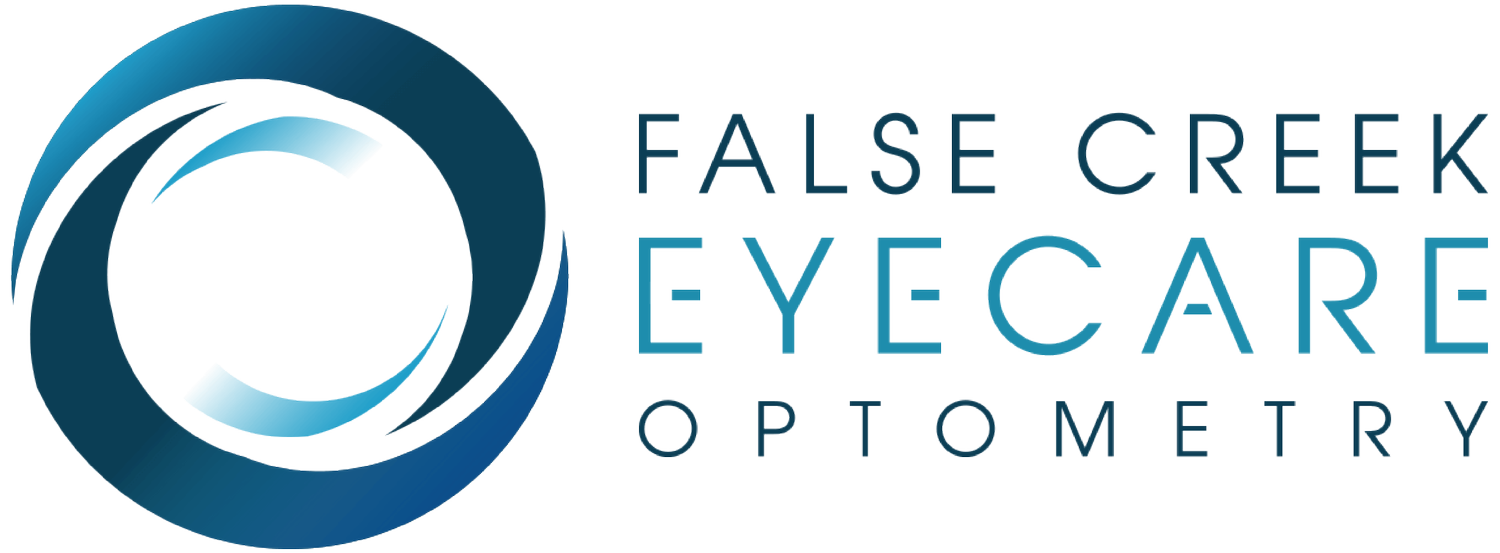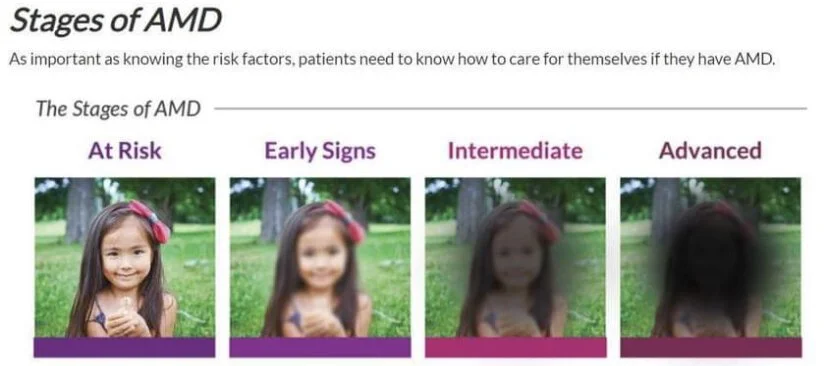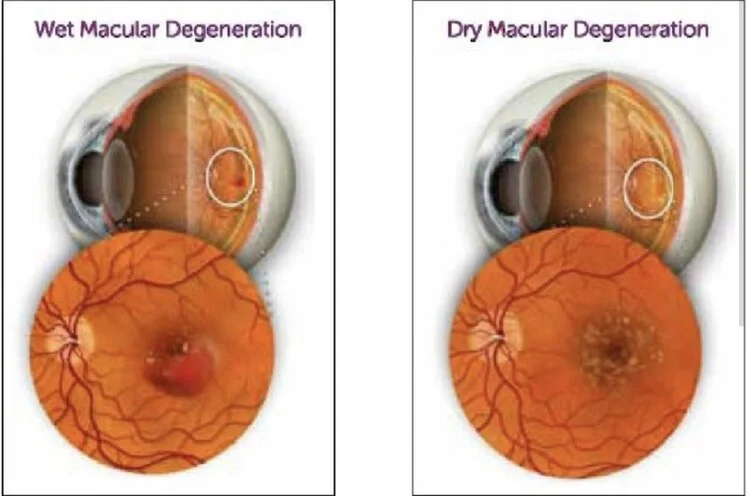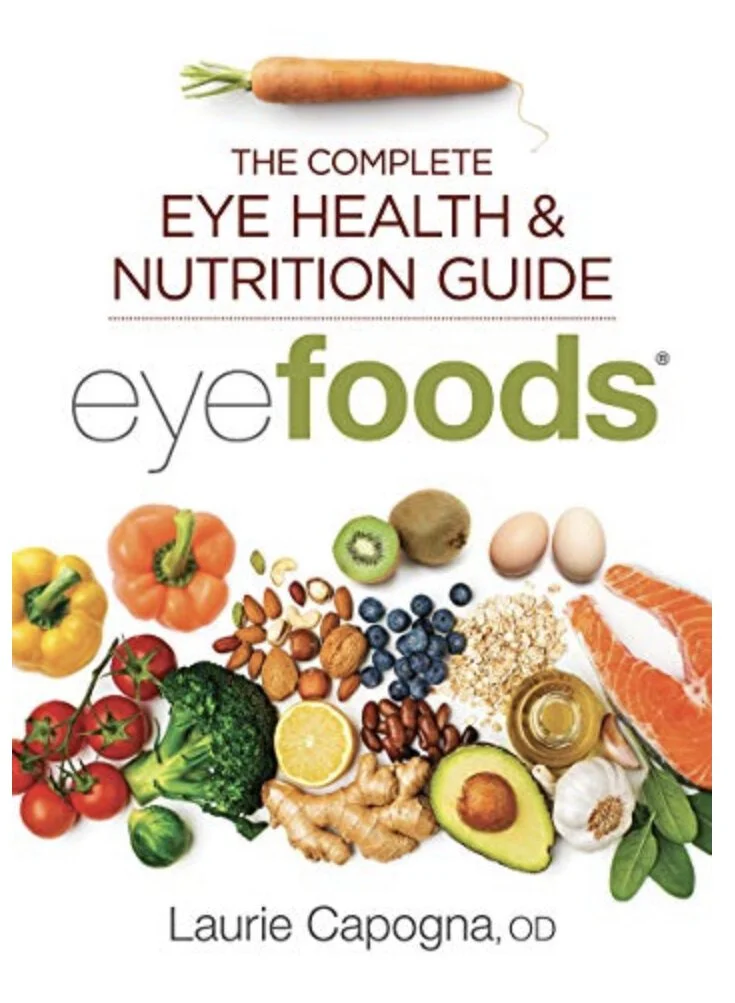Macular Degeneration: Retinal Imaging
MACULAR DEGENERATION
Macular degeneration (AMD) is an age-related condition that compromises the macular area of the retina (where visual acuity arises). It progressively causes loss of central vision and visual impairment. AMD affects 10% of people over 65 years and more than 25% of people over older than 75 years.
SYMPTOMS
AMD can be classified according to its stages and symptoms.
Early-stage: Often asymptomatic, with mild central vision distortion, especially when reading, and reduced reading ability.
Late-stage: Loss of central vision and advanced stages will lead to disruption of the blood vessels within the macular (referred to as Wet Macular Degeneration).
AMD's early symptoms include blurred vision when reading, driving, or watching television, and a dark or gray spot (scotoma) in the central vision, with trouble recognizing faces.
RISK FACTORS
Age: Age is the strongest predictor of AMD. The risk of AMD increases more than threefold in patients older than 75 years.
Family History and Genetics: AMD is found most frequently in Caucasians, followed by Hispanics and Asians, with the lowest rate reported in African Americans. There is also a higher risk in people with a positive family history of AMD.
Lifestyle and Dietary Habits: Smoking increases the risk of AMD because the nicotine in tobacco increases blood pressure, which injures the small blood vessels in the retina. Trans fats also play a role in the development of AMD.
UV exposure: An increase in sun exposure will lead to oxidative stress on the macular cells, causing atrophy
TREATMENT OPTIONS
Treatment depends on the evolution of the disease, and whether it is vascular (wet) or non-vascular (dry).
Treatment for non-vascular AMD seeks to decrease inflammation and stop the immune system response in the eye. In dry AMD, we recommend:
Oral supplementation with high doses of lutein and zeaxanthin, following the AREDS 2 formula
A diet filled with dark, green leafy vegetables, anti-oxidant-filled berries, and high omega 3, will also provide increased protection to the damaged macular tissue
We recommend recipes found in the eyefoods nutrition guide
For AMD with vascular involvement:
Laser photocoagulation
Photodynamic therapy (PDT) with verteporfin
Anti-VEGF therapy: Ranibizumab, bevacizumab, Aflibercept
DIGITAL RETINAL IMAGING
Digital Retinal Imaging is a diagnostic and monitoring device for AMD that takes a digital picture of the back of your eye. With a single image, the optometrist can clearly see the inner components of the eye, such as the retina, macula, optic disc, and blood vessels. This allows for better monitoring of the macula over time.
At False Creek Eye Care, we have a robotic retinal imaging machine that scans the internal structures of the eye within 60 seconds.
AMSLER GRID TESTING
The Amsler grid is a useful at-home monitoring for patients who have dry macular degeneration. We often recommend a weekly check, and ensuring that each eye is tested individually. If there is a change in central vision (blurry, broken, or missing lines), then there is a high likelihood of wet macular degeneration. If caught early, then a referral to a retinal ophthalmologist is made urgently. This will ensure that the treatments will preserve the vision.



